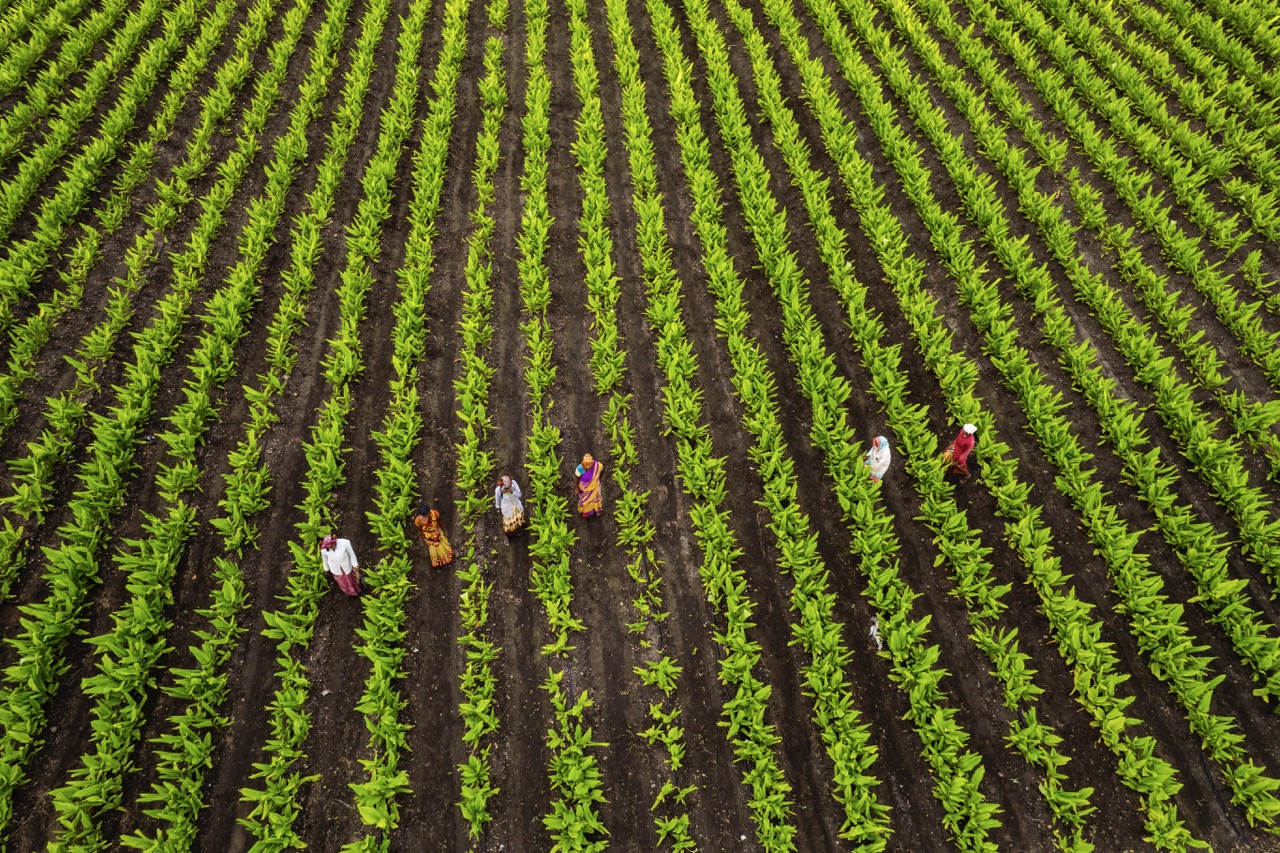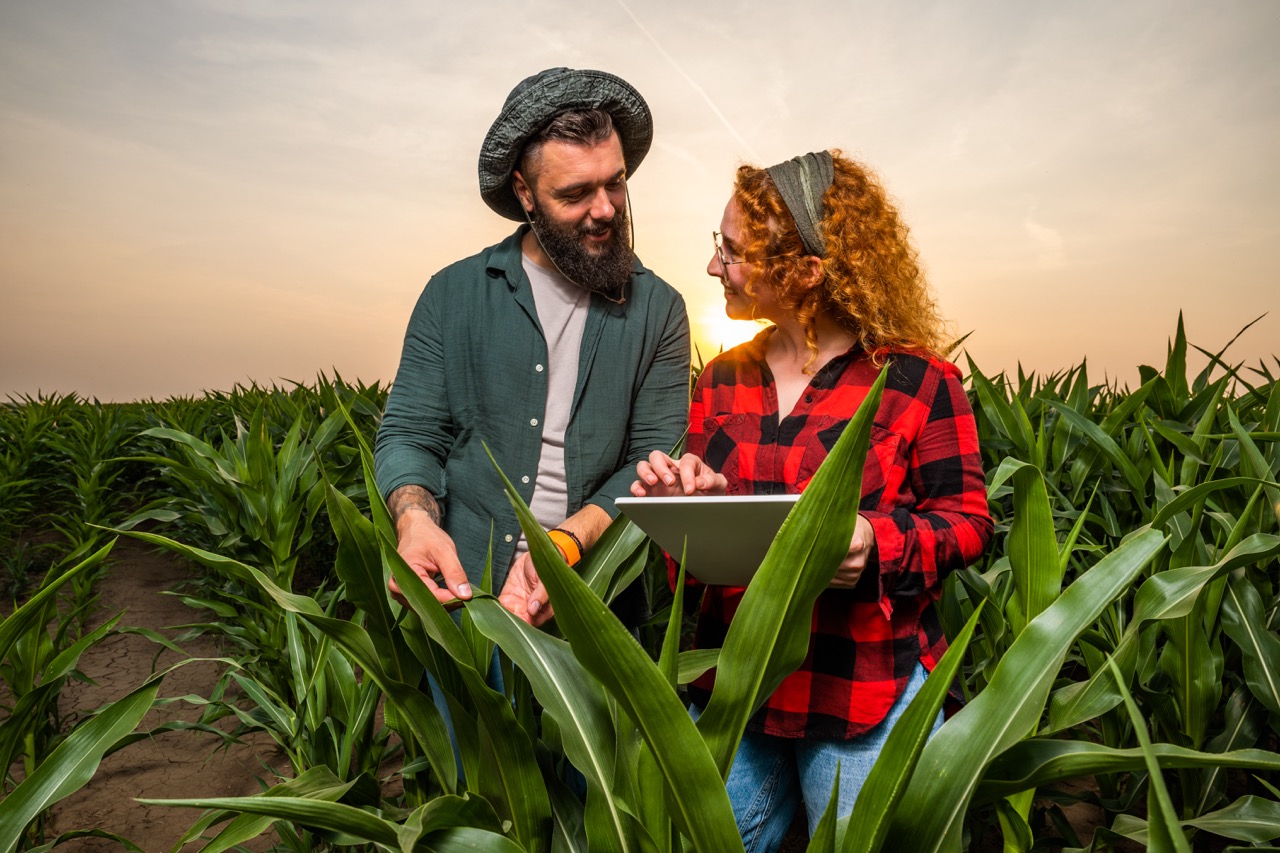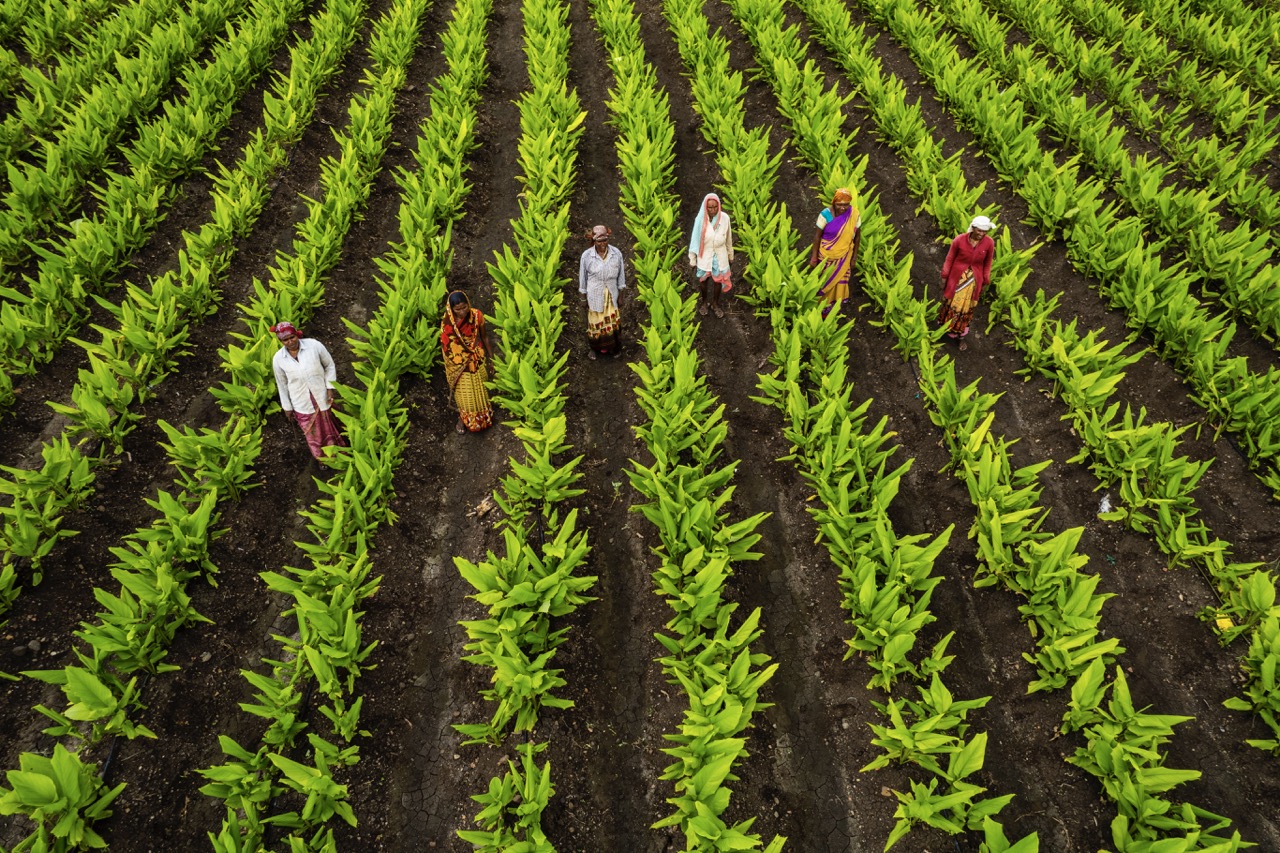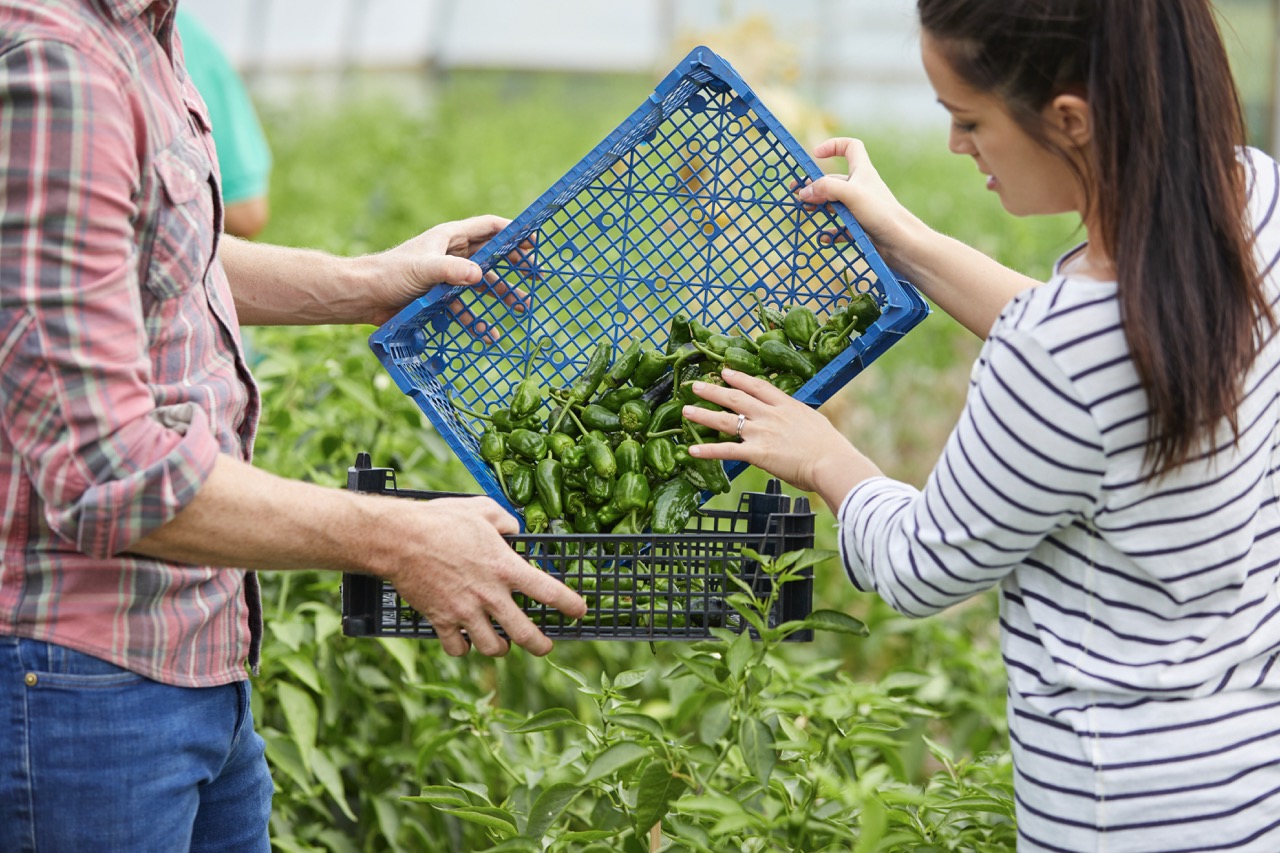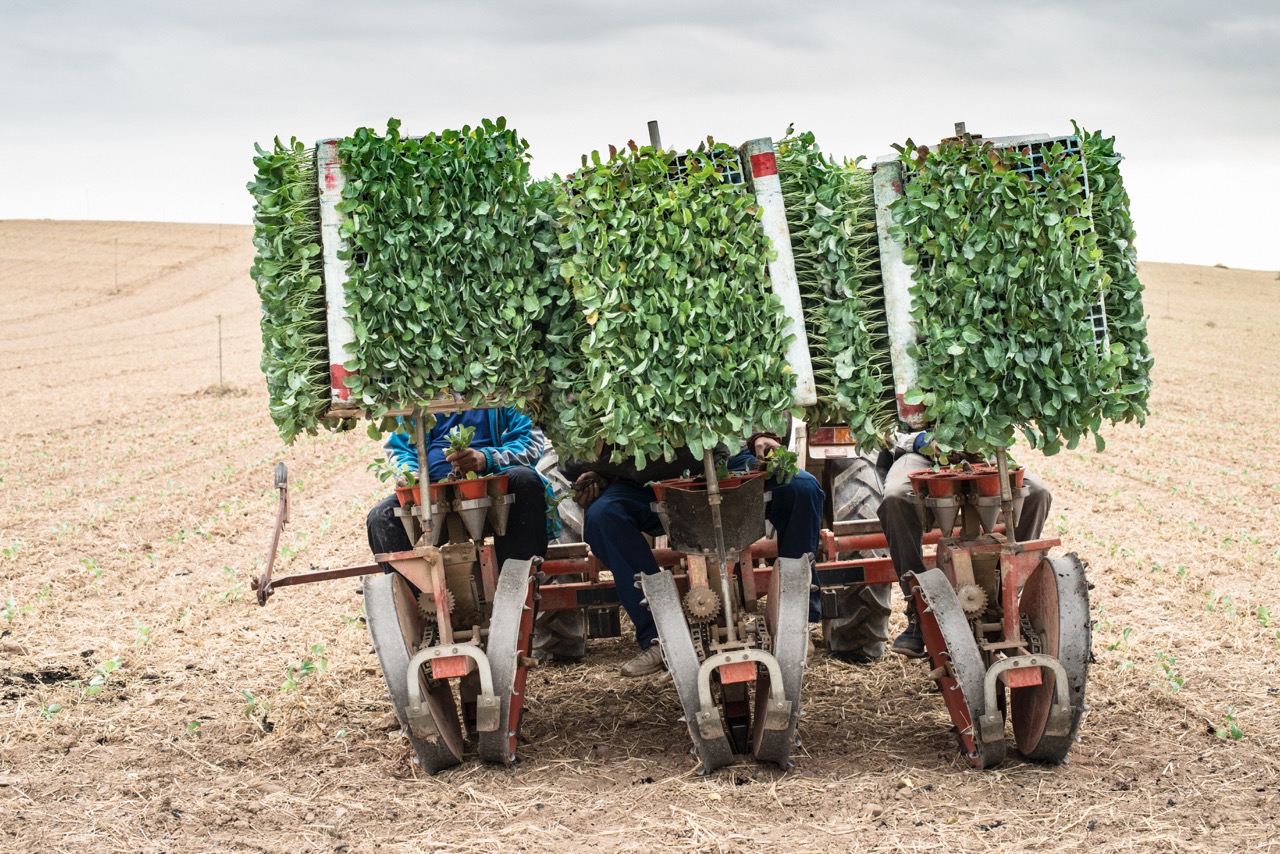As the global population continues to rise and climate change poses new challenges to food production, the agricultural sector is undergoing a significant transformation. One of the most promising developments is the evolution of crop sharing models, which allow farmers to collaborate, share resources, and innovate in their farming practices. In this article, we will explore the future of crop sharing, examining the innovative approaches being implemented in farm partnerships, the role of technology, sustainable practices driving collaboration, and the impact of policy and community engagement.
Exploring the Evolution of Crop Sharing Models in Agriculture
Crop sharing has long been a traditional practice in agriculture, allowing farmers to divide land and labor to optimize production. However, in recent years, we have witnessed a shift towards more structured and collaborative models of crop sharing. These modern partnerships encompass a variety of arrangements, including cooperative farming, community-supported agriculture (CSA), and land-leasing programs. By pooling resources and sharing labor, these models provide farmers with a safety net against economic pressures while fostering a sense of community among participants.
The diversification of crop sharing models has also been fueled by changing consumer preferences. Today’s consumers are increasingly interested in where their food comes from and the methods used to produce it. This has led to a surge in demand for locally sourced products, prompting farmers to explore partnerships that can enhance their market reach. By working together, farmers can offer a wider variety of crops, reduce competition among themselves, and create a more sustainable supply chain that benefits both producers and consumers.
Moreover, the rise of digital platforms designed specifically for agricultural partnerships is reshaping the landscape of crop sharing. These platforms facilitate connections between farmers, allowing them to share resources, knowledge, and best practices. Such technological tools not only streamline operations but also empower small-scale farmers by providing them with access to broader markets and collaborative opportunities that were previously unavailable.
Technological Advancements Transforming Farm Partnerships
Advancements in technology are playing a critical role in revolutionizing crop sharing and farm partnerships. The integration of precision agriculture technologies, such as drones and IoT (Internet of Things) devices, enables farmers to monitor crop health, optimize resource usage, and share data with their partners in real-time. This level of connectivity fosters a collaborative environment where farmers can make informed decisions and respond quickly to challenges, ultimately increasing productivity and reducing waste.
Additionally, blockchain technology is emerging as a powerful tool for enhancing transparency and trust in crop sharing arrangements. By providing an immutable record of transactions and agreements, blockchain can help ensure accountability among partners, reducing the risk of disputes and enhancing the integrity of partnerships. Farmers can track shared resources, such as seeds and equipment, and coordinate their activities more effectively, leading to improved outcomes for all parties involved.
Furthermore, mobile applications are increasingly being utilized to facilitate communication and coordination among farmers in crop-sharing arrangements. These applications allow farmers to schedule planting and harvesting times, share labor, and exchange resources seamlessly. The ease of use and accessibility of these technologies are empowering smaller farms to engage in crop sharing, leveling the playing field and promoting a more inclusive agricultural landscape.
Sustainable Practices Driving Collaborative Farming Efforts
Sustainability is at the forefront of modern agriculture, and collaborative farming efforts are increasingly integrating environmentally friendly practices. Crop sharing models encourage the sharing of resources, such as equipment and fertilizers, which can lead to reduced input costs and lower carbon footprints. By working together, farmers can implement sustainable practices that not only benefit the environment but also enhance the resilience of their operations in the face of climate change.
Moreover, collaborative farming efforts often focus on regenerative agriculture techniques, which prioritize soil health and biodiversity. By pooling knowledge and resources, farmers can experiment with crop rotation, cover cropping, and other practices that restore ecosystems and improve soil fertility. This collective approach fosters innovation and encourages farmers to adopt more sustainable practices that may be too risky or costly to implement individually.
As consumers increasingly demand sustainably produced food, collaborative farming models are well-positioned to meet this demand. By working together, farmers can collectively market their products as sustainably sourced, enhancing their appeal to eco-conscious consumers. This not only benefits the environment but also creates new economic opportunities for farmers through premium pricing and increased market access.
The Role of Policy and Community in Crop Sharing Future
The future of crop sharing is inextricably linked to supportive policies and strong community engagement. Policymakers play a crucial role in fostering an environment conducive to collaborative farming. By providing incentives for shared farming practices, such as tax breaks or grants for cooperative ventures, governments can encourage more farmers to explore crop sharing as a viable option. Additionally, policies that simplify land leasing and promote resource-sharing initiatives can further enhance the growth of collaborative farming models.
Community involvement is equally essential in shaping the future of crop sharing. Local organizations and cooperatives can facilitate connections among farmers, providing platforms for knowledge exchange and partnership formation. Strengthening these community ties not only enhances agricultural resilience but also fosters a sense of collective responsibility among farmers. Such collaboration can lead to enhanced food security and stronger local economies, as farmers work together to meet the needs of their communities.
Furthermore, educational programs aimed at raising awareness about the benefits of crop sharing and sustainable practices can empower farmers to adopt collaborative models. By providing training and resources, these initiatives can help farmers build the necessary skills and confidence to engage in partnerships. As more farmers embrace crop sharing, the agricultural landscape will likely shift towards a more sustainable and cooperative future.
In conclusion, the future of crop sharing is bright, driven by innovative models, technological advancements, sustainable practices, and supportive policies. As farmers increasingly recognize the benefits of collaboration, we can expect to see a significant transformation in agricultural partnerships. By embracing a shared approach to farming, the industry can not only enhance productivity but also contribute to a more sustainable and resilient food system capable of meeting the challenges of the 21st century. The evolution of crop sharing represents an exciting opportunity for farmers to work together, innovate, and adapt to the complex realities of modern agriculture.






